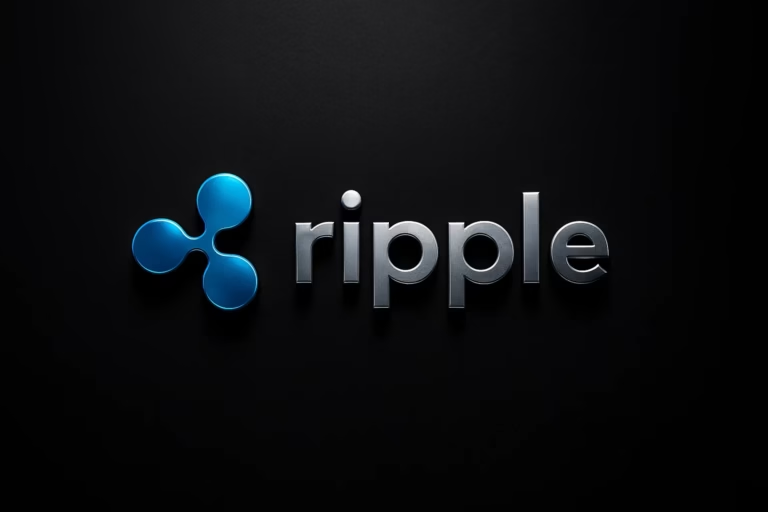
- Tether has launched aUSDT, a gold-backed stablecoin on its Alloy platform, allowing users to mint synthetic dollars through over-collateralization.
- This move aims to diversify Tether’s offerings beyond USDT, providing a stable transaction option without selling gold-backed assets, and marks a significant development in the digital currency space.
In a groundbreaking move, Tether has launched a new gold-backed stablecoin, aUSDT, on its Alloy platform. This innovative financial instrument allows users to mint synthetic dollars through over-collateralization, paving the way for new possibilities in the digital currency space. The introduction of aUSDT marks Tether’s latest effort to diversify its offerings and stay ahead in the competitive stablecoin market.
The Rise of Synthetic Dollars
Tether’s aUSDT stands out as part of a growing trend of synthetic dollars, following similar ventures by Galoy and Ethena Labs. Synthetic dollars are designed to provide the stability of traditional currencies while leveraging the advantages of blockchain technology. By over-collateralizing Tether Gold (XAUt), which is backed by physical gold stored in Switzerland, aUSDT offers users the ability to conduct transactions without the need to sell their gold-backed assets.
Tether’s Alloy platform is a significant development in the digital assets ecosystem. This open platform allows the creation of collateralized synthetic digital assets, including yield-bearing products. The platform’s flexibility and innovation potential were highlighted in Tether’s official press release, where the company emphasized its commitment to tracking reference assets’ prices through stabilization strategies like over-collateralization and secondary market liquidity pools.
Diversification Beyond USDT
Tether’s foray into gold-backed stablecoins underscores its ambition to expand beyond its flagship USDT stablecoin, which has a staggering market capitalization of $112.5 billion. Unlike USDT, which is pegged to the US dollar and backed by reserves of US Treasury bills and other securities, aUSDT is pegged to the value of gold, providing an alternative for users seeking to hedge against inflation and economic instability.
Tether subsidiaries Moon Gold and Moon Gold El Salvador have played a crucial role in developing the aUSDT stablecoin. This new asset caters to users interested in making transactions, payments, and remittances with a currency similar to the US dollar but backed by the stability of gold.
The Future of Stablecoins
Tether’s aUSDT is poised to compete with other synthetic dollars, such as Galoy’s Bitcoin-based Stablesats and Ethena Labs’ Ether-backed USDe. The introduction of these innovative financial instruments has generated significant interest and speculation within the cryptocurrency community. Analysts have favorably compared aUSDT to other stablecoins, citing Tether’s high liquidity and centralized control, which they believe can lead to more intelligent decision-making and reduced principal-agent risk.
As Tether continues to push the boundaries of what is possible with stablecoins, the launch of aUSDT could have significant implications for the broader cryptocurrency market. Whether it will propel Bitcoin to new all-time highs remains to be seen, but it undoubtedly represents a bold step forward in the evolution of digital assets.




